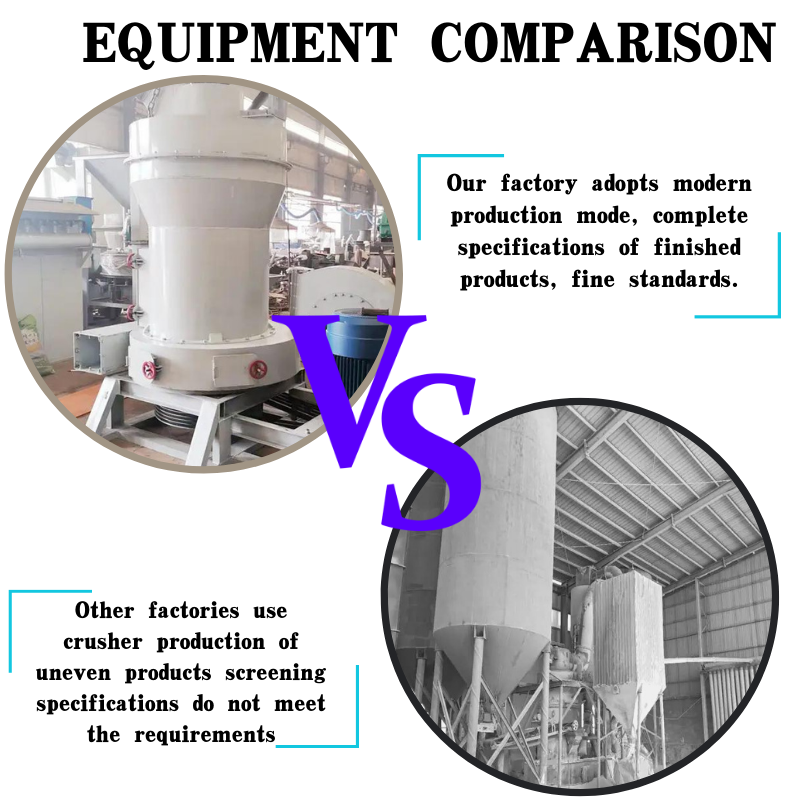
silica fume as an admixture in concrete
The Role of Silica Fume as an Admixture in Concrete
Silica fume, also known as microsilica, is an amorphous, non-crystalline form of silica produced during the production of silicon or ferrosilicon alloys. This finely divided powder, with a typical particle size of less than 1 micron, is becoming increasingly recognized as a crucial admixture in the concrete industry due to its significant effects on the properties of concrete mixtures. Incorporating silica fume into concrete can enhance its mechanical strength, durability, and resistance to environmental degradation, making it an essential ingredient in high-performance concrete applications.
The Role of Silica Fume as an Admixture in Concrete
In addition to increasing strength, silica fume enhances the durability of concrete. The reduced permeability resulting from the denser microstructure helps to mitigate the ingress of harmful substances such as chlorides, sulfates, and other aggressive chemicals that can lead to deterioration of concrete over time. This property is particularly beneficial in structures exposed to harsh environmental conditions, such as marine environments or de-icing chemicals used in cold climates. Additionally, the incorporation of silica fume can improve resistance to freeze-thaw cycles, preventing cracking and scaling that can compromise the integrity of concrete over time.
silica fume as an admixture in concrete

Moreover, silica fume plays a pivotal role in reducing the alkalinity of concrete, which is crucial for the long-term durability of reinforced concrete structures. High alkali levels can lead to alkali-silica reaction (ASR), a detrimental reaction between alkalis in cement and reactive aggregates that can cause expansion and cracking in concrete. The pozzolanic properties of silica fume help to reduce hydroxide ions in the pore solution, thereby minimizing the risk of ASR and extending the lifespan of the concrete.
Another significant advantage of using silica fume is its contribution to sustainability in the concrete industry. The production of traditional Portland cement is energy-intensive and results in considerable carbon dioxide emissions. By substituting a portion of the cement with silica fume, manufacturers can reduce the overall demand for cement while still achieving high-performance concrete. This not only lowers the carbon footprint of concrete production but also promotes the recycling of industrial by-products. Silica fume is often sourced as a by-product of silicon metal production, thus providing a sustainable solution to waste management in the industry.
Despite its many advantages, there are challenges associated with using silica fume in concrete. Its very fine nature can lead to difficulties in mixing and handling, as it tends to agglomerate and may require careful proportioning to achieve optimal performance. Additionally, the higher water requirement often associated with silica fume can necessitate the use of superplasticizers to maintain workability in the concrete mix. These challenges, however, can be effectively managed with proper mix design and understanding of the material properties.
In conclusion, silica fume is an invaluable admixture in the concrete industry, offering numerous benefits including enhanced strength, durability, and sustainability. As the demand for high-performance concrete continues to grow, the use of silica fume is likely to become more widespread, contributing to the construction of more resilient structures that can withstand the test of time. By embracing the advantages of silica fume, the concrete industry can move towards greener practices while setting new standards for material performance.
Share
-
Premium Pigment Supplier Custom Solutions & Bulk OrdersNewsMay.30,2025
-
Top China Slag Fly Ash Manufacturer OEM Factory SolutionsNewsMay.30,2025
-
Natural Lava Rock & Pumice for Landscaping Durable Volcanic SolutionsNewsMay.30,2025
-
Custom Micro Silica Fume Powder Manufacturers High-Purity SolutionsNewsMay.29,2025
-
Custom Mica Powder Pigment Manufacturers Vibrant Colors & Bulk OrdersNewsMay.29,2025
-
Custom Micro Silica Fume Powder Manufacturers Premium QualityNewsMay.29,2025






